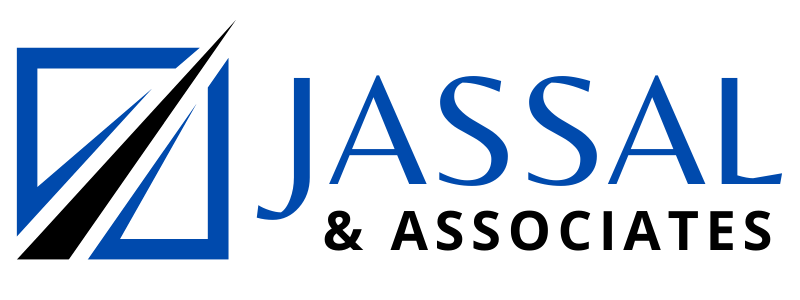What is an RRSP?
An RRSP, or Registered Retirement Savings Plan, is a type of investment account that allows you to reduce your taxable income each year, and at the same time, building savings for retirement income in the future.
The money you invest in the RRSP account is tax deductible, therefore reducing your current taxable income.
By contributing to your RRSP, you defer tax on your investment income until it’s withdrawn, presumably in retirement when you’re in a lower income tax bracket.
Here are 6 things to know when it comes to RRSPs:
Plan your retirement goals – Ask yourself what kind of lifestyle do you want to live in retirement? Start making those goals now. Meet with your financial advisor and get the advice early, to make sure when you get to retirement you have sufficient funds built up to enjoy a long rewarding retirement.
Invest your money early for compounding growth – Investing in your RRSP well in advance of retirement means that your money has more time to grow and benefit from tax-sheltered growth.
Leverage your tax refund – Remember that RRSPs aren’t tax-free, they are tax deferred – so it may be tempting to spend your tax refund, reinvesting it into your RRSP instead will work to your long-term advantage.
Contribute now, deduct later – You don’t have to claim deductions on your RRSP contributions in the same year that you make them. If you are expecting a future increase in taxable income that will push you in a higher tax bracket, you can defer claiming deductions until a later year to benefits a higher tax refund.
More room to invest in your future – Unused contribution room can be carried forward indefinitely so you can use it in future years.
Develop RRSP withdrawal strategies – Reaching age 71 triggers the maturity of your RRSP. You must convert your RRSP in a Registered Retirement Income Fund (RRIF), or annuity, or lump sum payout by the end of the calendar year in which your turn age 71. RRIF minimum withdrawals start the year after the RRIF is established.
Depending on your short- and long-term goals, investing in a tax-free savings account (TFSA) might be an option to also discuss with your financial advisor. If you need advice or don’t have a financial advisor, contact us and we will be happy to help.
RRSP and Tax:
Here are 7 things to remember when it comes to RRSP and Tax.
1) RRSP money cannot be transferred from one spouse to another while both parties are living.
2) Withholding tax rates are based on the gross amount of the withdrawal.
3) There are two options that allow you to withdraw from your RRSP without paying tax penalties for a given period. It is important to know that you should not include the withdrawals as income when you file your taxes.
Home Buyers Plan (HBP): If you are a first-time home buyer and plan to buy or build a place within one year of your withdrawal, you may withdraw up to $35,000 from your or your spouse’s RRSP and not incur withholding tax on your withdrawal, so long as you contribute your withdrawal back into your RRSP within 15 years.
Lifelong Learning Plan (LLP): If you have enrolled or received an offer from a qualifying educational institution before March of the following year, you may withdraw up to $20,000 from your or your spouse’s RRSP and not incur withholding tax on your withdrawal. There is no limit to how many times you may participate in the program, and the repayment period for this program is ten years after the fourth January from your first withdrawal.
4) The amount you can contribute, or your “contribution room”, is determined by your earned income. Your yearly contribution room is based on 18% of your previous year’s income, less a pension adjustment. The annual dollar limit varies from year to year: it was $27,230 for 2020 and $27,830 for 2021. Thereafter, the limit will be indexed to average wage growth. Remember, unused contribution room can be carried forward indefinitely to future years. CRA will advise you in the notice of assessment, of your contribution room. For more information, visit the CRA website (provide link).
5) If you have over-contributed to your RRSP account, you can complete a T3012A form and submit it to CRA. Upon approval, you can withdraw the applicable amount, without incurring withholding taxes.
6) Repayments under the Home Buyers Plan can be made to any of your RRSP accounts. It does not have to be the account from which you made withdrawals. You cannot, however, contribute to a spousal account and have it deemed as a repayment.
7) It is possible for you to get a loan from your RRSP. RRSP loan applications must be initiated through a third-party company of your choice. Please consult your advisor for further information on this.

